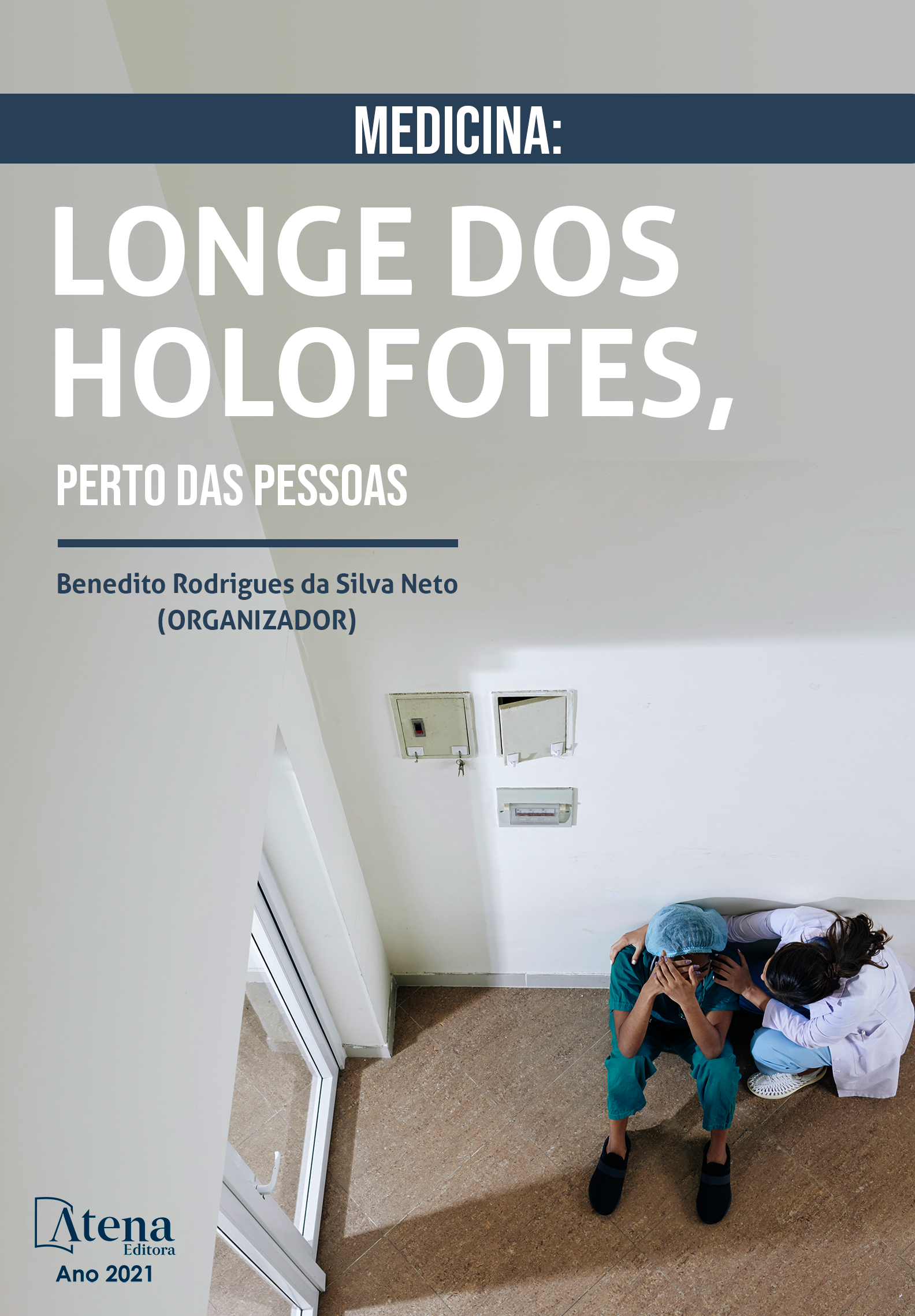
SARCOMA DE KAPOSI EM CRIANÇAS VIVENDO COM HIV: UMA REVISÃO INTEGRATIVA SOBRE OS SINTOMAS E FISIOPATOLOGIA
O Sarcoma de Kaposi (SK) é um tumor vascular causado pelo herpesvirus-8 (HHV-8), e é de maior incidência no continente africano. A prevalência deste tipo de tumor em pacientes pediátricos soropositivos para o vírus da imunodeficiência humana (HIV) é alta, porém a sintomatologia desta faixa etária ainda não está bem estabelecida, uma vez que os estudos sobre o assunto predominam acerca de pacientes adultos. Sendo assim, o objetivo deste trabalho é esclarecer a fisiopatologia e sintomas associados ao SK pediátrico associado ao HIV, dada à escassa produção científica acerca do assunto. O trabalho consistiu em revisão integrativa da literatura feita na base PubMed, usando os descritores “children”, “Kaposi Sarcoma” e “HIV-infections” e o booleano “and”, com 5 artigos tendo sido escolhidos para a amostra final. A manifestação clínica do SK pediátrico associado ao HIV ocorre de maneira variada, prevalecendo sinais e sintomas como lesão de pele e linfadenopatia. Em situações menos recorrentes, os pacientes podem vir a apresentar lesões gastrintestinais, incluindo diarreia e ascite, assim como lesões hemorrágicas (petéquias, ulcerações e epistaxe). Do ponto de vista fisiopatológico, ocorre aumento nos níveis da interleucina-6 viral e interleucina-10 humana na fase lítica da replicação viral. São presentes também citopenias em diversos tipos celulares, prevalecendo em hemácias e trombócitos. Sendo assim, conclui-se que o Sarcoma de Kaposi é mais prevalente em pacientes pediátricos com as principais manifestações clínicas sendo linfadenopatia cervical, axilar e inguinal, e lesões de pele. Pode estar presente, também, com citopenia e elevação nos níveis de interleucinas 6 e 10.
SARCOMA DE KAPOSI EM CRIANÇAS VIVENDO COM HIV: UMA REVISÃO INTEGRATIVA SOBRE OS SINTOMAS E FISIOPATOLOGIA
-
DOI: 10.22533/at.ed.64521081027
-
Palavras-chave: Crianças, Sarcoma de Kaposi, Infecções por HIV, Sinais e Sintomas
-
Keywords: Children, Kaposi Sarcoma, HIV Infections, Signs and Symptoms
-
Abstract:
Kaposi Sarcoma (KS) is a vascular tumor caused by the herpesvirus-8 (HHV-8), and its incidence prevails in the African continent. It is highly prevalent among pediatric patients seropositive for the Human Immunodeficiency Virus (HIV), and despite this, the symptomatology among this age group is not yet clear, given that the studies regarding this theme revolve mostly around adult patients. Thus, the objective of this review is to elucidate the pathophysiology and symptoms of HIV-associated pediatric KS, given the poor scientific production on the topic. The paper is an integrative review, which used the PubMed database, as well as the following descriptors: “children”, “Kaposi Sarcoma” and “HIV-infections” and the boolean “and”, culminating in the selection of 5 final articles. The clinical manifestations of the pediatric KS associated with HIV vary, with the most common symptoms being skin lesions and lymphadenopathy. Infrequently, it may present with gastrointestinal lesions, including diarrhea and ascites, as well as hemorrhagic lesions (petechiae, ulceration and epistaxis). From a pathophysiological perspective, the levels of viral interleukin-6 and human interleukin-10 increase during the lytic viral replication phase. Cytopenia in different cell groups also occurs, especially in red blood cells and thrombocytes. Thus, it is possible to conclude that KS is most prevalent in pediatric patients with the most common symptoms being cervical, axillary, and inguinal lymphadenopathy, and skin lesions. Cytopenia and increase in the levels of interleukin 6 and 10 may also be present.
-
Número de páginas: 6
- Julia Wolff Barretto
- Luanna Gusso
- Oona Salomão Erdmann
- Rogerio Saad Vaz
- Matheus Corrêa


